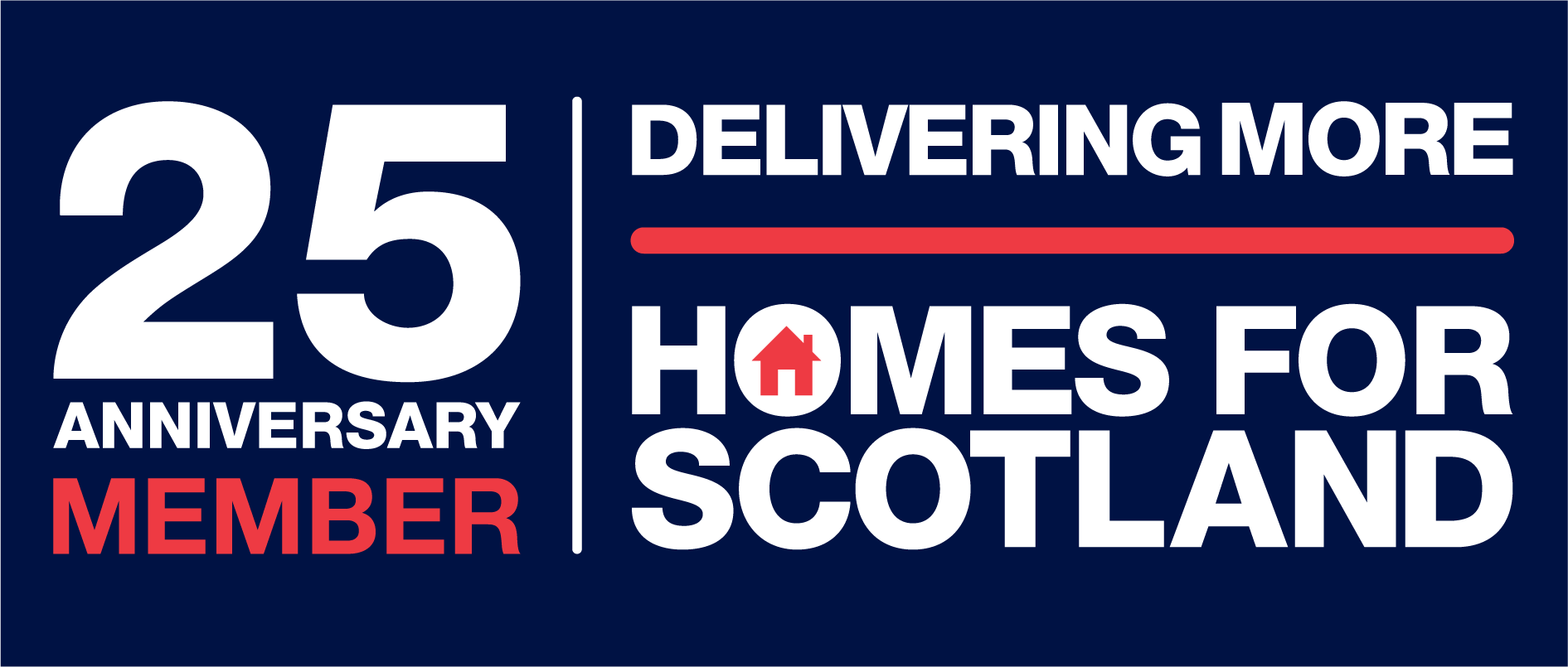

Over the past century, Mactaggart & Mickel has built a legacy of trust, fostered enduring relationships with our partners, and driven significant growth across our regions and divisions.
Under the leadership of the Mickel family, the company has embraced innovation and change, adapting to the dynamic UK property market. Today, Mactaggart & Mickel operates across four key divisions — Private Rental Property, Developments, Investments, and Strategic Land — each strengthening our commitment to excellence and the communities we serve.
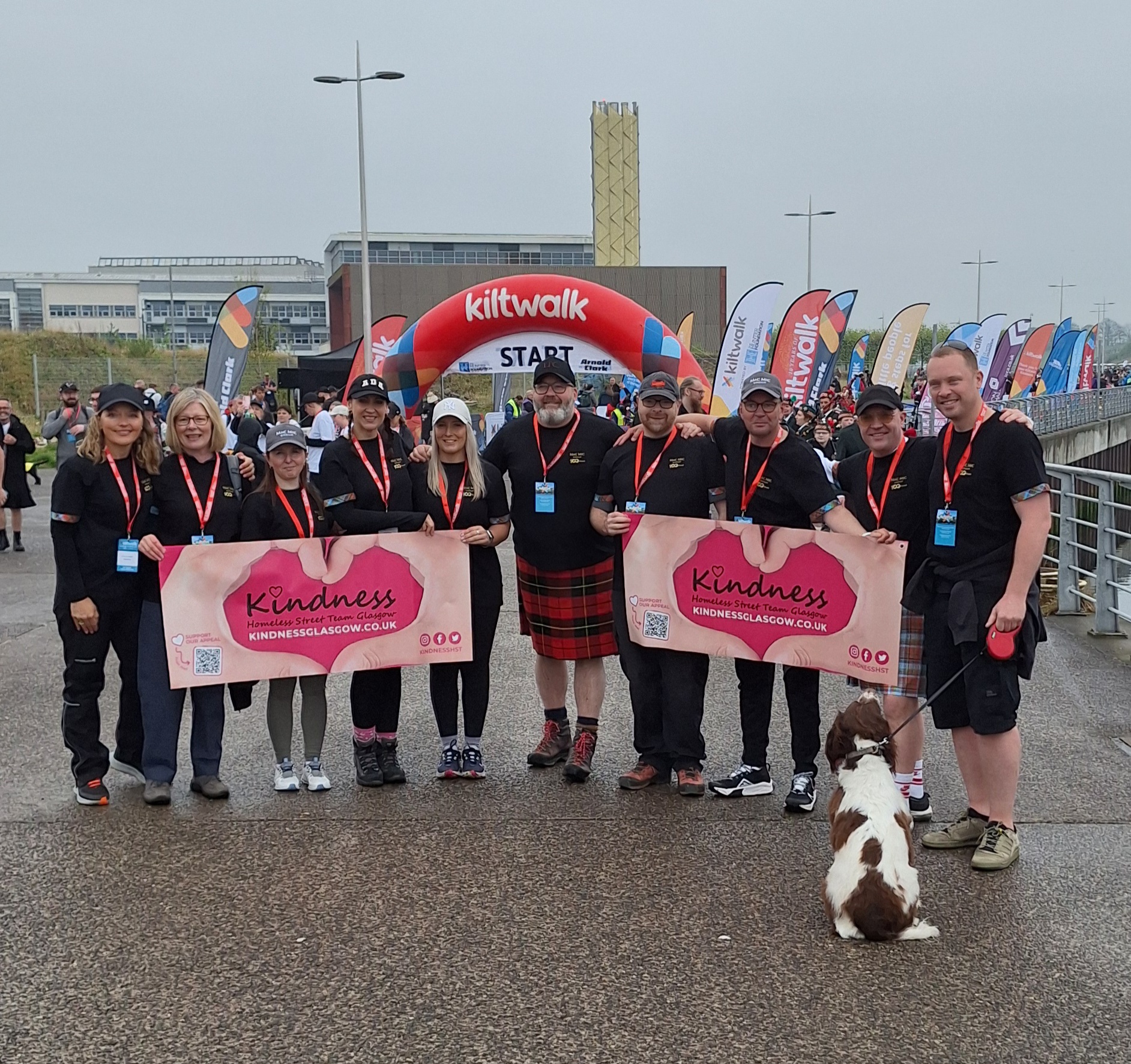

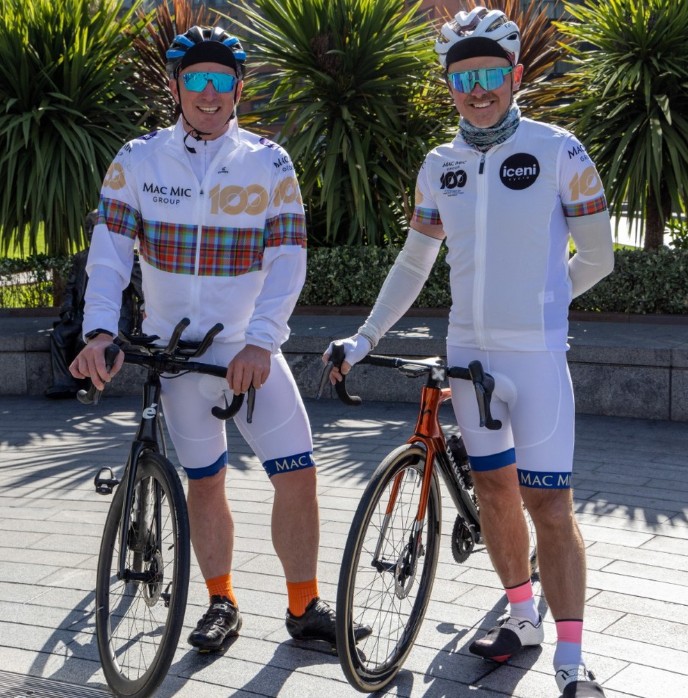
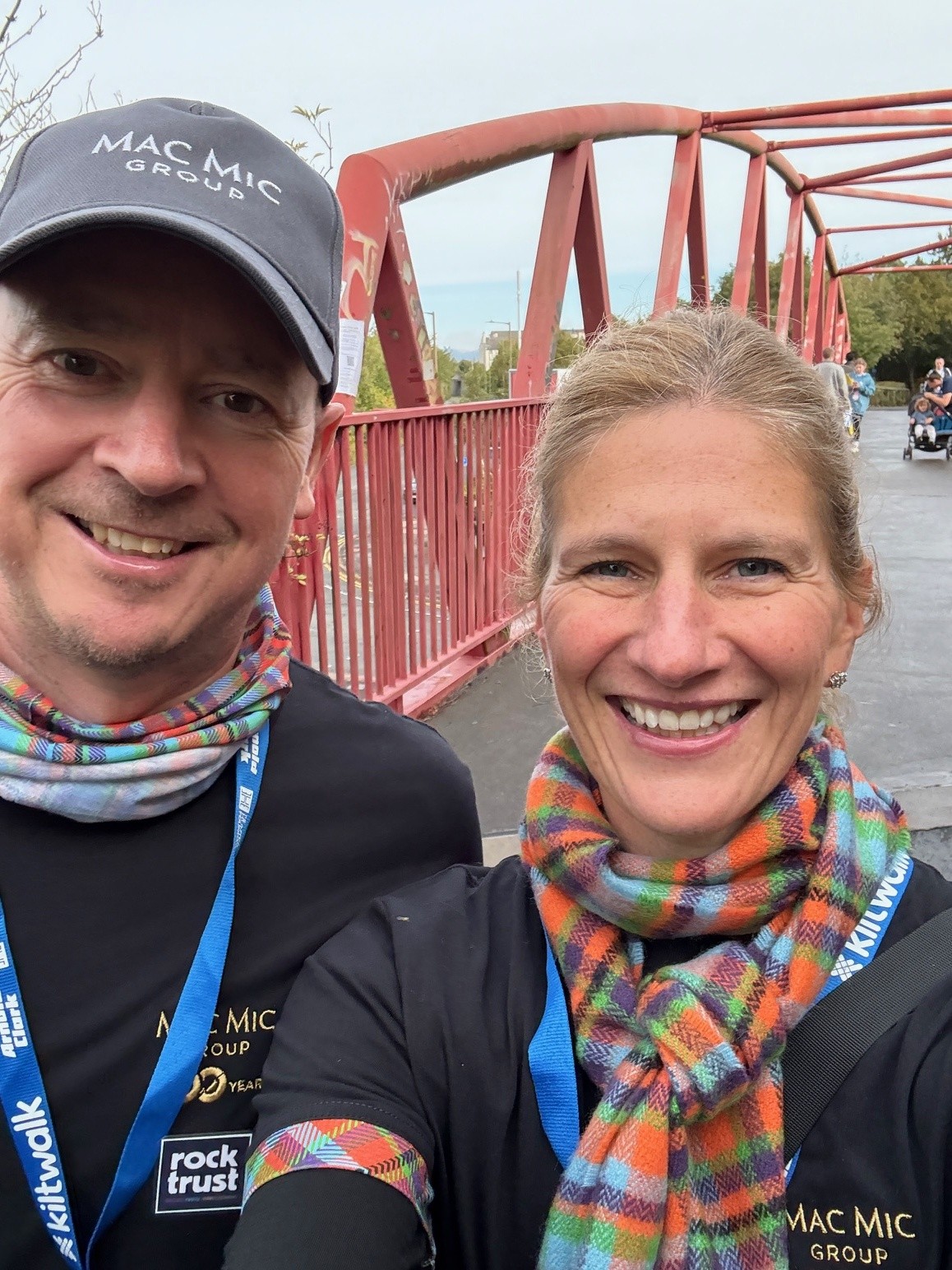
Supporting Communities in Our Centenary Year
In our Centenary Year, we are proud to support five incredible charities dedicated to tackling homelessness and providing cancer support across the UK. Each reflects our long-standing commitment to helping people and communities thrive:
-
Maggie’s Cancer Support – Offering practical, emotional, and social support to people with cancer and their families across the UK.
-
Rock Trust – Supporting young people affected by homelessness in Edinburgh and the East of Scotland.
-
Kindness Homeless Street Team – Providing vital assistance to the homeless community across the Glasgow area.
-
Centrepoint – Helping homeless young people across 15 boroughs in London, as well as in Sunderland, Manchester, Bradford, and Barnsley.
-
1625 Independent People – Supporting young people at risk of homelessness in Bristol and South Gloucestershire.
Together with our colleagues, partners, and supporters, we are working towards our goal of raising £100,000 for these charities as part of our Centenary celebrations — making a meaningful difference to those who need it most.
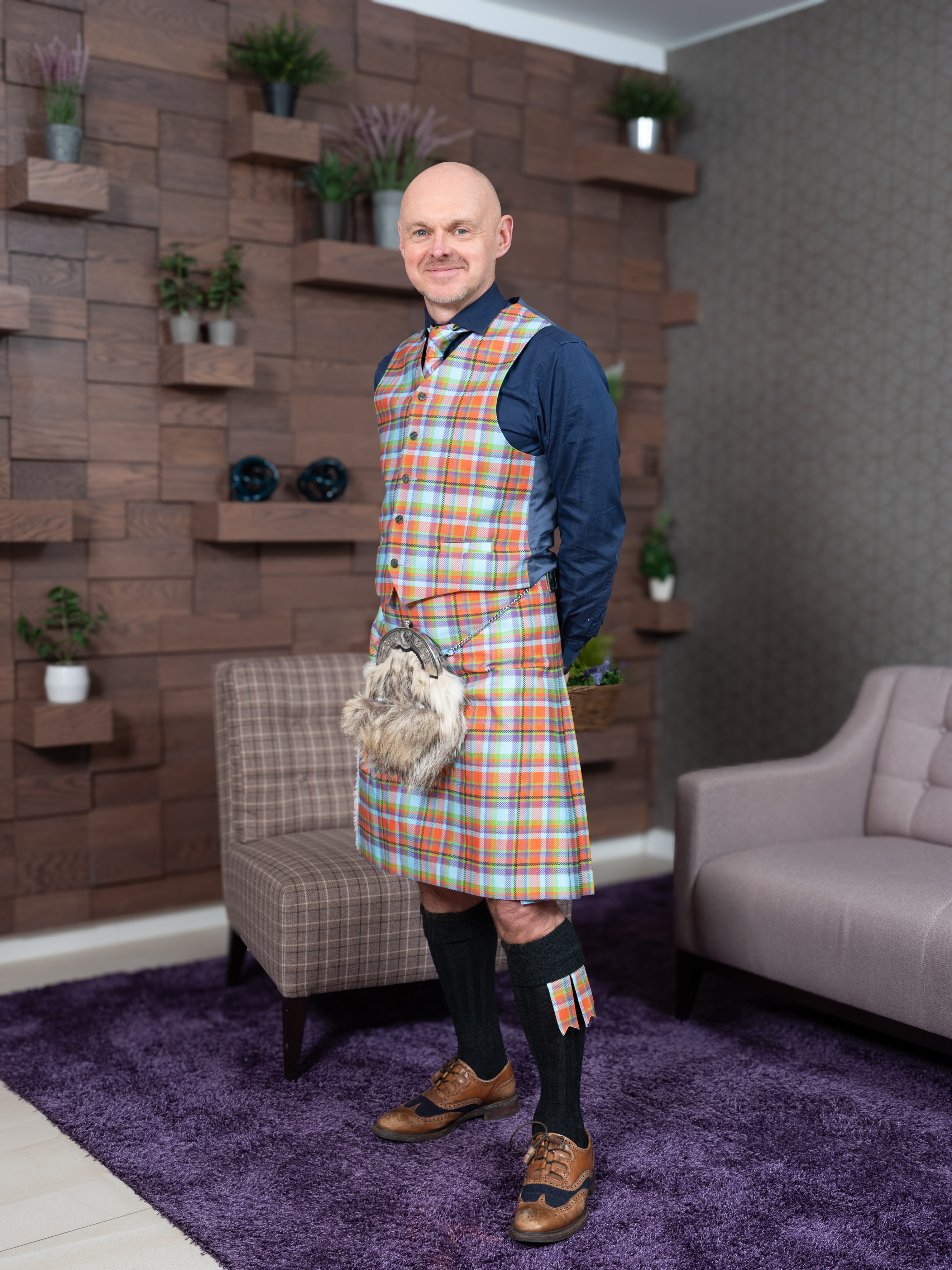

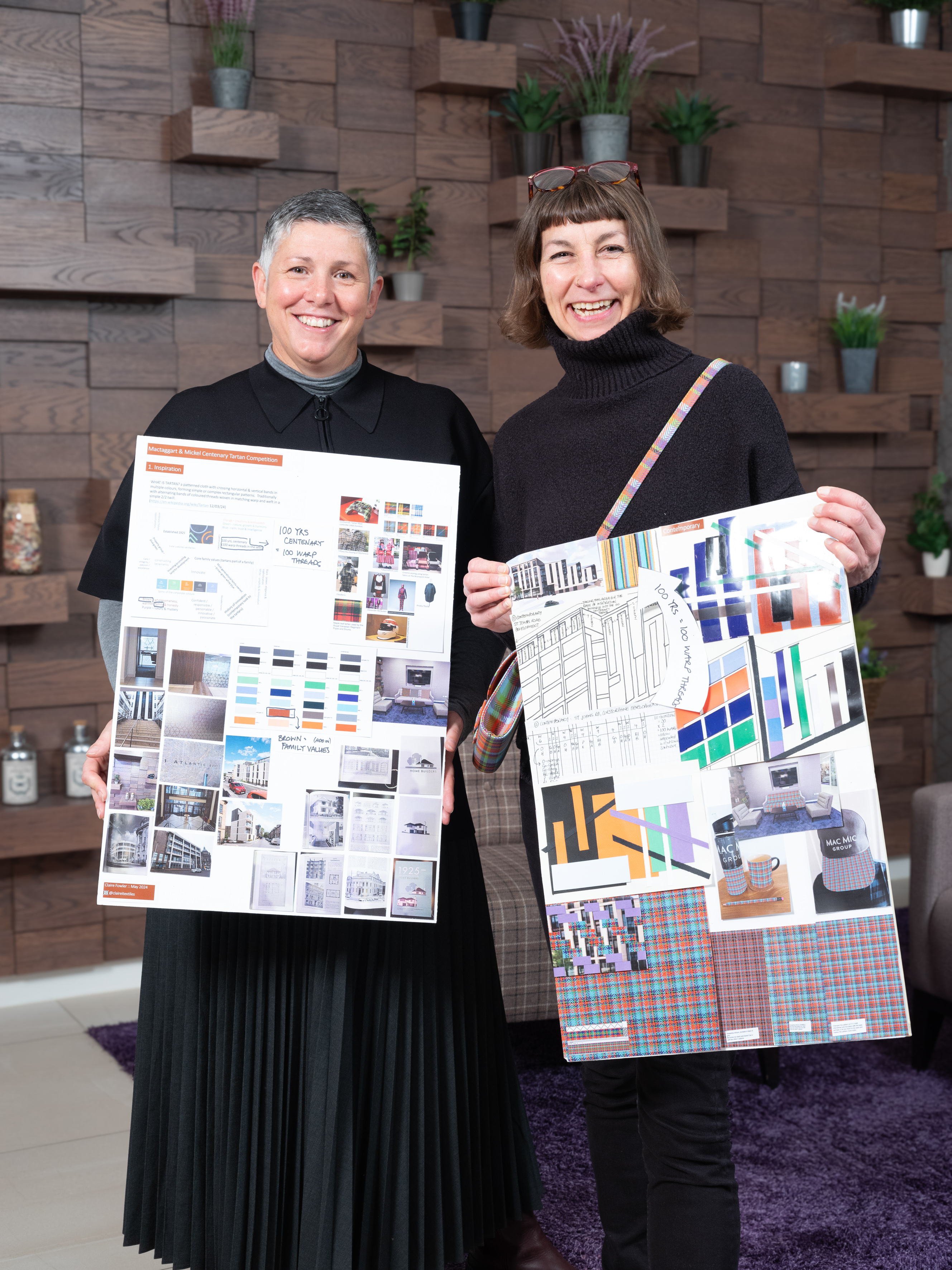



The Mactaggart & Mickel Centenary Tartan Project
As part of our Centenary celebrations, we partnered with the Glasgow School of Art (GSA) on the Mactaggart & Mickel Centenary Tartan Project, offering BA (Hons) Textile Design students a unique live project opportunity. Students were challenged to create digital tartan designs inspired by our core values — heritage, legacy, community, and 100 years of placemaking.
The project gave students the chance to work to a real-world industry brief, reimagining Scotland’s iconic tartan through a contemporary lens. In doing so, they gained valuable experience in aligning creative design with professional standards, while developing their presentation and communication skills.
The winning designer collaborated with both Mactaggart & Mickel and GSA’s Centre for Advanced Textiles to bring their final printed design to life. The initiative also provided financial awards for the winner and runner-up, along with funding to support GSA’s Textile Design graduates in exhibiting at New Designers in London — a leading platform for emerging talent and industry connection.
A Modern Take on Tradition: Q&A with Centenary Tartan Designer Claire Fowler
1. First and foremost, congratulations on winning the bespoke centenary tartan design competition! Can you tell us a bit about yourself and your background?
Thank you! My name is Claire Fowler and I am a mature student from England. Before diving into my studies at the Glasgow School of Art (GSA), I had the incredible opportunity to complete an internship at the Centre for Advanced Textiles. I graduated from GSA this year and have just started an exciting internship with a weaving company in Bristol. My journey into textiles and weaving began after a career as a surveyor and I couldn't be happier with the change. Textiles have always been my passion, and now I get to live it every day.
2. What drew you to participate in the Mac Mic tartan design competition?
The competition was a perfect chance to step outside the classroom and tackle a real-world challenge. It allowed me to apply my skills creatively and respond to a brief, which was both exciting and rewarding. Plus, it was a fantastic way to engage with the industry and showcase my work.
3. How did you approach the design process for the tartans?
I visited the company's offices to soak in the atmosphere and gather inspiration. The design brief called for a contemporary, traditional and modern design. For the traditional tartan, I drew inspiration from the company's original offices in central Glasgow. The contemporary tartan was inspired by its current projects and the modern tartan was based on tenements, which are traditional yet can be modernised.
4 What inspired the colour palette you chose?
I used Mac Mic Group's colour palette as a foundation and added extra colours to reflect the company's ethos and values. For the traditional tartan, I included brown to symbolize family. The contemporary tartan featured brighter, more vibrant colours, while the modern tartan struck a balance between the two.
5. Can you tell us about the weaving technique you used for the contemporary tartan?
For the contemporary tartan, I opted for a Chevron pattern to give it a modern twist. This pattern isn't typical for traditional tartans, but it helped to set it apart and align it with the company's modern outlook. Additionally, for the design repeat, I used a 100 yarn thread count in the warp to symbolise the 100 years that Mac Mic Group has been in business.
6. How did you feel about presenting your work and the feedback you received?
Presenting my work was definitely nerve-wracking, but the positive feedback made it all worthwhile. Despite my nerves, I was able to convey my passion and confidence, which resonated with the audience. I was absolutely delighted when my contemporary tartan design was selected by the judges as the winning design.
7. What are your future plans in the field of textiles and weaving?
I'm thrilled about my new career in weaving and have been brainstorming ideas for future projects. I look forward to continuing to explore and innovate in this field. The possibilities are endless and I can't wait to see where this journey takes me.

